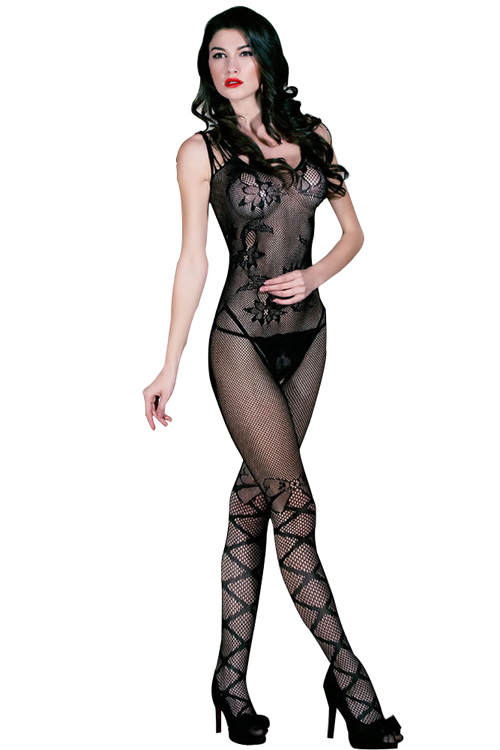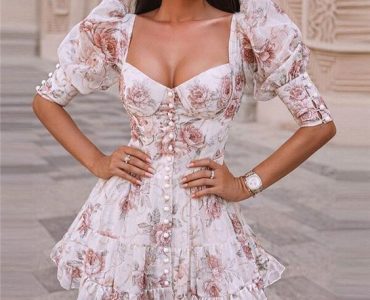You do not have to go far in history to understand the role of underwear in women’s life.
Former masculine Olympic athletes wore satin wholesale sexy corsets when Caitlyn Jenner made his debut at the Vanity Fair in July 2015.
“Suddenly you have a breast, and suddenly you have a waist,” said Patricia Cosgrove, of the White River Valley Museum, one day. “Corsets can be very helpful to her.”
Not so much for others – one of the definitive exhibitions from June 17 at the Auburn Museum entitled “For the Beauty: An Exhibition to Reveal Women’s History Through Underwear.”
It’s not just wholesale sexy corsets and bullet bras, bloomers and a 1960s gadget called “The Fabulous Mark Eden Bust Developer.” (“I bought one when I was 13,” Cosgrove deciphered). This exhibition shows how women struggle to keep up with the fashion trends while maintaining their body and culture.
Cosgrove uses shoes, hats, wallets, overalls and swimwear as a conduit for women’s history. This exhibition is the third reenactment of the Exhibition for Beauty.
“There is a lot to be said about the history of teaching women in a painless way,” Cosgrove said at the exhibition, co-curating the show with Michelle Marchman, a history professor at Green River Institute. “I do not want to hit people or alienate anyone.”
Because, that is a lot of underwear hanging on the wall. You can even try on a wholesale sexy corsets to see how hell you wear it and breathe normally.
You can also learn the origin of the word “lacing tape.” This means that their corset’s shoelaces are pulled tight and they all come together in a straight line, forcing them to carry them back – making it a bit hard to breathe, with all the metal or whale bones left in your midst.
“It’s an inward and outward control mechanism,” Cosgrove said. “It was a moral part of the time.”
Known as “loose women” means your wholesale sexy corsets is not tightly tied together and easier to remove and breathe – heavy or otherwise.
“If it’s loose, who knows where you’re going?” Cosgrove asked. “You do not have control.”
Then a pair of underpants looks like simple cotton pants from the front, but there is a gap from the waist through the crotch.
“There’s no way to know if this is convenience or style, not control,” Cosgrove said.
Control can be explained in many ways: bladder control, which is ideal for women who do not have much; or by the husband who wants to be easily accessible.
“At that time, women were almost under the thumbs of men,” Cosgrove said. “So it’s conceivable that back-opening has other uses than health.”
The crotchless pants are also the result of the fashion industry’s demand: “Men wear pants and women do not wear,” says Marsh. “So the crotch pants and crotch pants are closer together.”
Fortunately, this style did not last long.
By 1910, Amelia Bloomer created some bloomers – including the crotch – to be ironically masculine. However, women still welcome them.
Then there is Teddy, the result of a rational apparel movement, started by women who apparently have enough pull and bind. Fashion gave them loose cotton shirts and split skirts (covered in a piece of fabric) – just in time for feminism and labor strikes.
Designer Paul Poiret tried to slow down a woman’s movement with something called “The Hobble Skirt”, with a band around her knees.
“When the woman protests in a hoot, the dress will tie a band around your knees, so your gait will falter,” Cosgrove said. “As if to say, ‘Oh, no, little girl.’
“This is a short-term trend because it’s stupid.”
The 1920s brought new freedom to women, such as the right to vote and the establishment of women’s electoral coalitions. It also introduces a new music and bezel style that eliminates the hourglass shape and is more gay and lesbian. Women wear a belt on their chest instead of a corset and rubber flat shoes.
Marshman said women are voting, smoking, going to college, using contraception and shortening their haircut. In 1920, Cosgrove said there are 4,000 beauty salons in the United States (if women cut their hair and they go to the barbershop). But by 1930, there were 40,000 women hairdressing salons.
World War II made women’s fashion more militaristic and unified appearance. jacket. skirt. Bra and hose.
In 1947, as the war ended and women lost their jobs in the factory, Kristen Dior came up with a new idea, “Designing to send women back home,” Cosgrove said. They wear bullet bras, dresses and a string of pearls.
“When the rights diminish, the style usually highlights the female form,” Cosgrove said. “Bullet bras look like ‘Oh! Look at my breasts!’ You have a lot of curves going on.”
Marshman said the expression “is part of remodeling female roles and strengthening family life.”
The exhibition ended in 1970 – but that does not mean that women have stopped trying to be physically perfect from the inside out.
Panty line was thong eliminate. Spanx smooth silhouette. Body hair removal waxing. Skin is flaked, lips and forehead are injected.
It will never end.
Cosgrove and Marshman curated a male-centered exhibition that shows men suffer because of beauty. There is a box filled with dry collar, a mannequin wearing a suit and tie, and a variety of razors.
In the 1980s, Marshman said men started to fight body images thanks to Arnold Schwarzenegger, the “Iron-pumping” star, and Sylvester Stallone, a man in action. It is called “loss of appetite,” also known as “muscle deformity.”
To illustrate her point of view, Marshman placed two small Luke Skywalk statues side by side on display. The newer figurines have a small torso that opens into a V-shaped upper body. Even halloween costumes now have foamy muscles.
“Men’s bodies are becoming objectified day by day,” Marshman said. “Women’s bodies are forever.”
And because underwear is so reliable, the show has already opened the door to how far we’ve talked about whether we’re doing good enough.
“You need to know history to make the right decisions for yourself,” she continued. “You make your choice based on how you feel about becoming a woman, depending on who you are and who you love from the inside out.”

